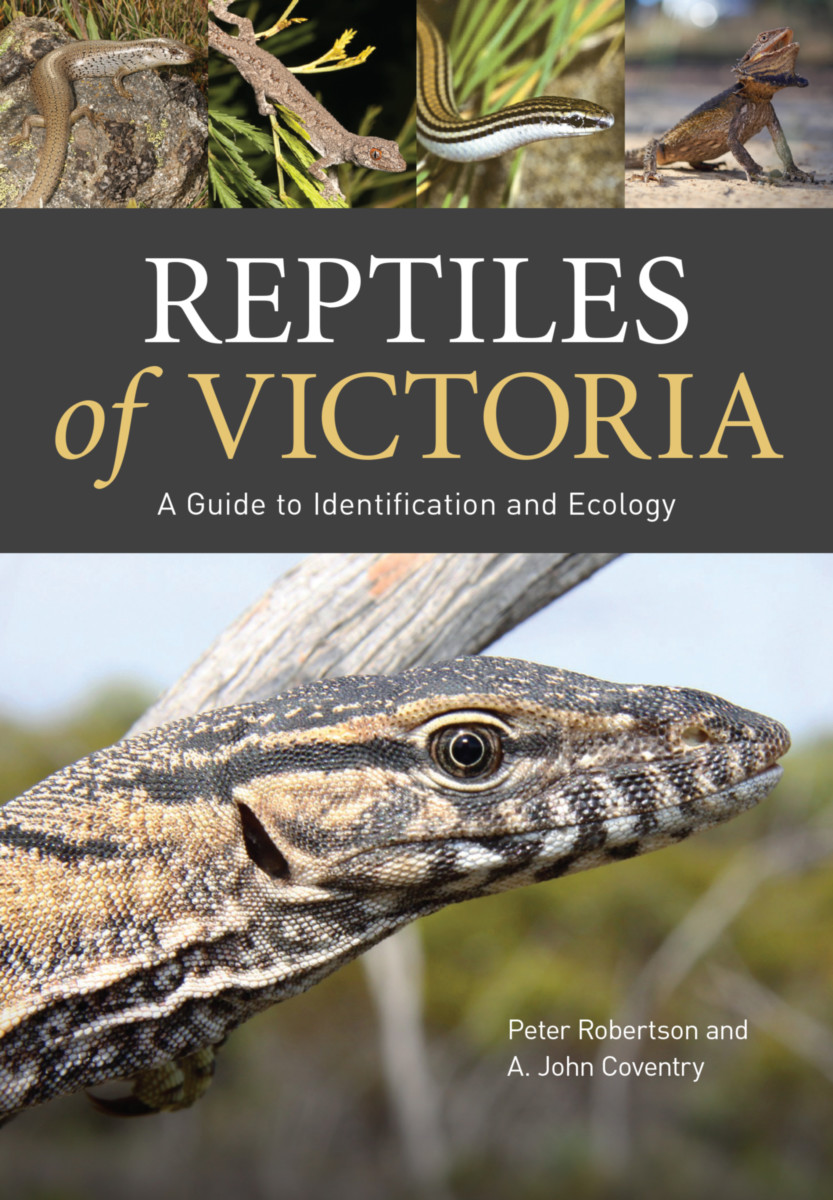EXCELLENCE IN SCIENCE PUBLISHING
Reptiles of Victoria
A Guide to Identification and Ecology
- Publisher
CSIRO Publishing - Published
9th September 2019 - ISBN 9780643093935
- Language English
- Pages 336 pp.
- Size 6.50" x 9.75"
- Images color photos, maps & illus
Victoria's reptile population is not often encountered by urban dwellers, with many species rare or threatened. You may have glimpsed a skink darting into the undergrowth, a snake slithering along a walking path or a blue-tongued lizard sunning itself near your garden shed. Yet the turtles, skinks, geckos, goannas, snakes and other reptiles that call Victoria home are fascinating and important members of the urban and rural ecosystems.
Reptiles of Victoria is the first publication to describe all reptiles known to occur within Victoria. It contains keys and illustrated descriptions to allow identification of all 123 native, introduced and vagrant reptile species, and describes their biology, ecology, distributions and the habitats in which they live. It also indicates the level of risk that the venomous snakes pose to humans and includes a brief section on first aid for snake bites. Natural history enthusiasts and professional and amateur herpetologists will find this an essential guide.
Peter Robertson
Peter Robertson worked in the public service for 15 years, undertaking regional fauna surveys and coordinating the research and management of several threatened reptiles and amphibians. He then founded an ecological consultancy where he continues to investigate the conservation management of Victoria’s fauna. With a keen interest in photography, Peter has produced the majority of the photographs in this book.
A. John Coventry
A. John Coventry was Senior Curator of Herpetology at the National Museum of Victoria (now Museums Victoria), where he worked for nearly 50 years, providing inspiration and support to a generation of herpetologists. Two species of skinks are named after John, in recognition of his major contributions to the field. John retired from the museum in 2002, afforded the title of "Curator Emeritus" until his death in 2007.


